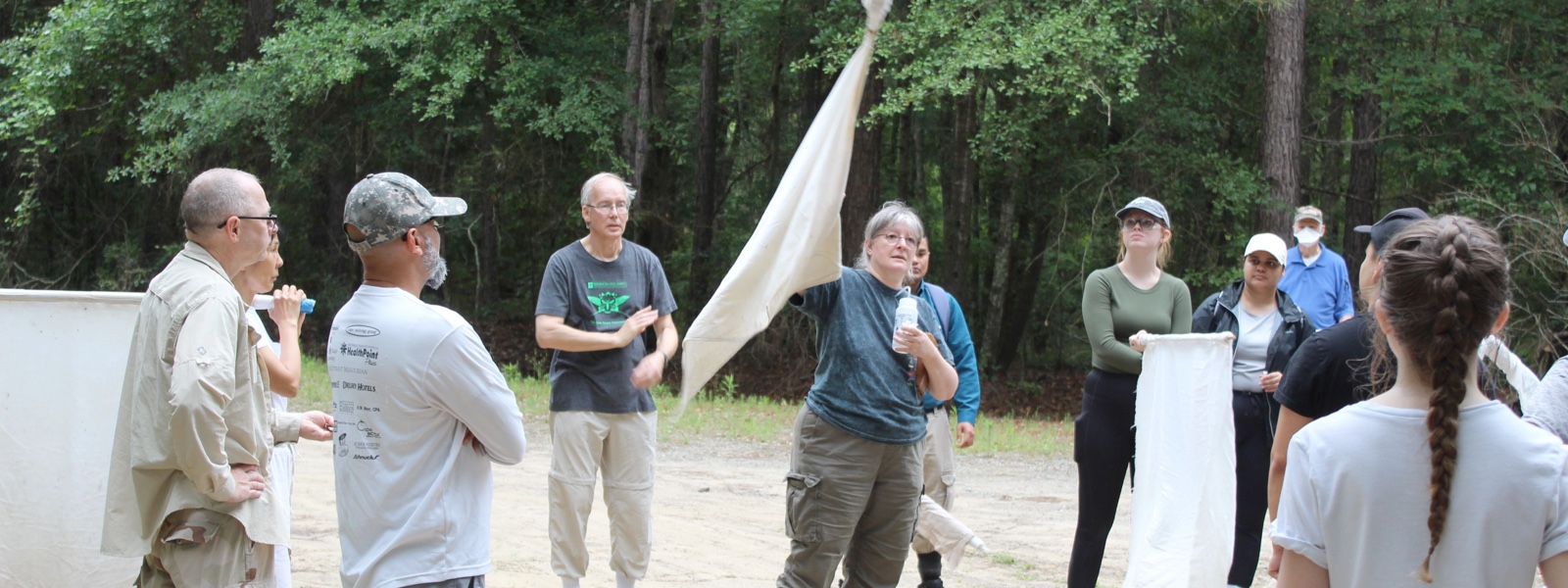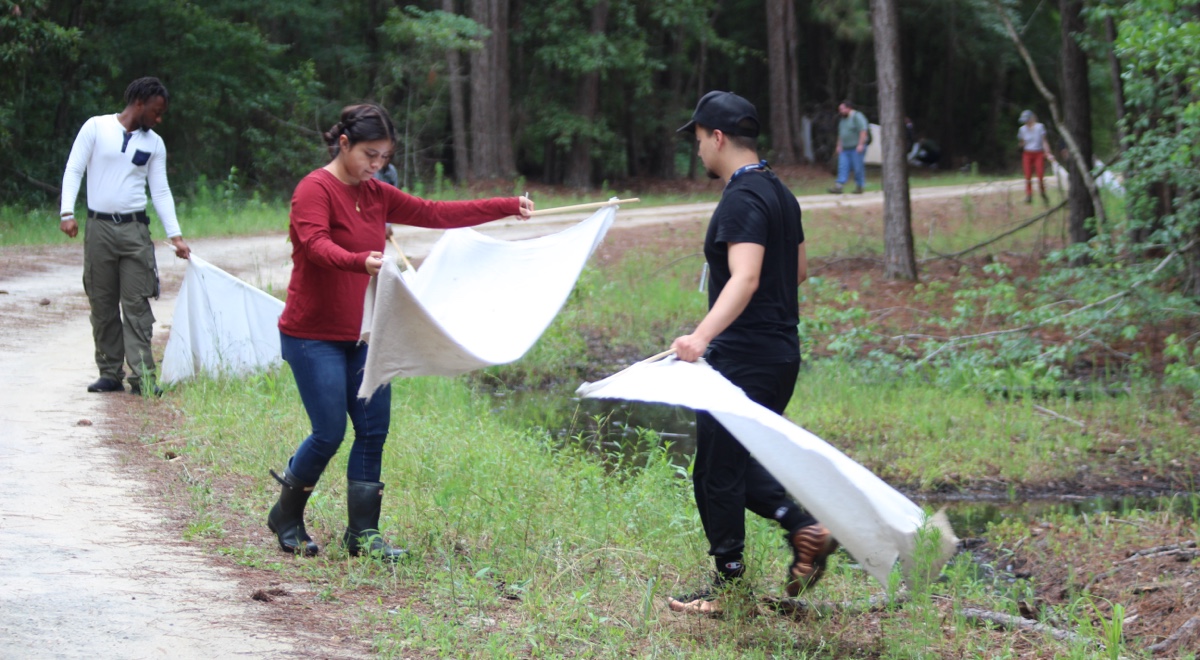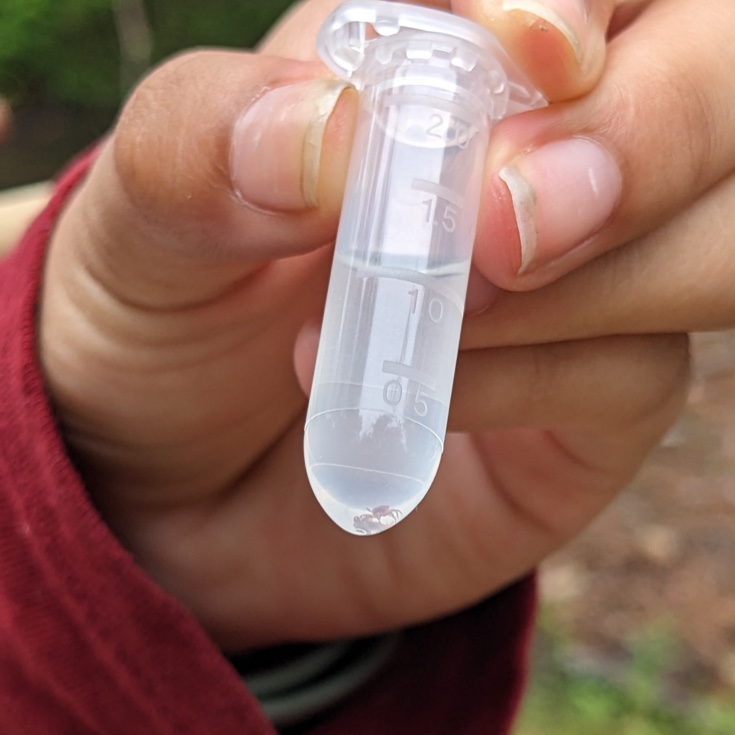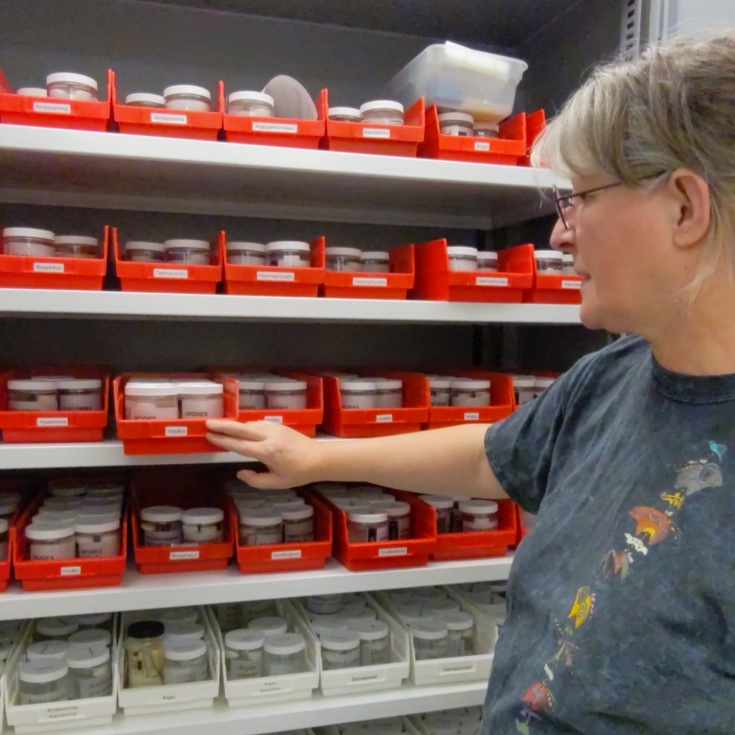
Creating a Defense Against Ticks and Other Vectors
Ticks are disease vectors, second only to mosquitoes in the number of humans they infect globally with disease-causing parasites, bacteria and viruses. In the United States alone, nearly half a million people are diagnosed and treated for a tickborne disease each year.
The best way to address disease threats like this is to build and maintain strong public health and vector control programs at the local, state and national levels. To bolster public health understanding of tickborne illnesses, expanding geographic ranges for ticks and risk factors for contracting tickborne diseases, the CDC Foundation maintains, produces, authenticates and distributes vectors, like ticks, and associated reagents for the Biodefense and Emerging Infections Research Resources Repository (BEI Resources). This repository allows the broader public health community, as well as those in the medical field and researchers in microbiology and infectious disease, to gain a better understanding of ticks and find solutions to the growing threat of disease.
Lorenza Beati, PhD, MD, is a professor of biology at Georgia Southern University (GSU) and curator of the U.S. National Tick Collection (USNTC), the largest curated repository of ticks in the world. CDC Foundation Communications Officer Lily Samuel joined her team and a group of researchers and students from around the country for one day of the 4th Annual Tick Workshop at GSU. She visited on a field workday in the tall grasses along a nature path, and the group’s job was to collect ticks using forceps, vials and white cotton sheets known as “flags.”
Samuel joined CDC Foundation field employee William Hervey, who had spent the full two weeks at this workshop participating in classroom and laboratory sessions. Contrary to popular belief, Hervey explained, ticks are not insects but arachnids like spiders and scorpions, which means they have eight legs with which to climb and quest—the official scientific term for a tick’s host-seeking behavior. There are about 90 species of ticks in the United States, and they can be found on any animal, including birds, reptiles and amphibians.

“We’re dragging the flags across the top of vegetation because ticks like to climb to the top of plants and quest,” Hervey said. “They stick out their top two legs and look for something to grab onto.”
Throughout the morning, various cries emanated from the group: “I caught a male americanum,” and “I’ve found a maculatum!” Amblyomma americanum is the scientific name for the lone star tick. Amblyomma maculatum is the scientific term for the Gulf Coast tick. The names matter, because accurately identifying each species allows researchers to attribute the transmission of pathogens each is known to carry, including those that cause spotted fever rickettsiosis and tularemia.
After the morning’s field work, Dr. Beati gave Samuel a private tour of USNTC, located in the basement of GSU’s natural sciences building. Dr. Beati opened the various cabinet drawers to reveal hundreds of preserved tick specimens in each drawer. USNTC houses more than one million specimens from all continents and most of the approximately 860 known species of ticks. The research room also houses a large collection of publications and books, as well as original tick-related photos taken by Dr. Harry Hoogstraal, described by many in the scientific community as “the greatest authority on ticks and tickborne diseases who ever lived.” USNTC is an active research space, and visiting scientists use the collection to explore tick taxonomy, classification, evolution, population genetics and ecology.
Dr. Beati opened one particularly large cabinet to reveal hundreds of different tick species holotypes, the single specimen upon which the description and name of a new species is based. “They are the very first used for a description, and you keep them forever,” Dr. Beati explained. “They are our most precious possessions.”
Hands-on research like this tick workshop is vital. The experience provided this group of participants with both a fundamental background in ticks and tickborne diseases and the tools to carry the research forward. This work is timely, as changes in land use and climate patterns have led to the expanded geographic ranges of ticks that spread Lyme disease, anaplasmosis, ehrlichiosis and spotted fever rickettsiosis in the United States. Internationally, tickborne diseases, like Crimean-Congo hemorrhagic fever, pose an enormous threat to global health. The USNTC and BEI Resources are critical tools in this work, ensuring scientists, researchers and public health experts have the resources they need to address these and emerging threats.


The Vector Stock and Reagent Repository for Research program referenced in this story has been funded in whole or in part with Federal funds from the National Institute of Allergy and Infectious Diseases, National Institutes of Health, Department of Health and Human Services, under Contract No. HHSN272201600013C.